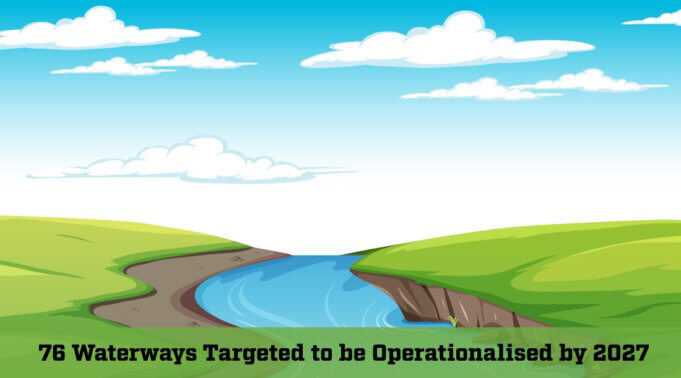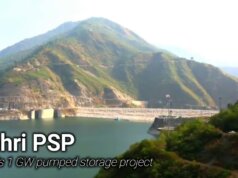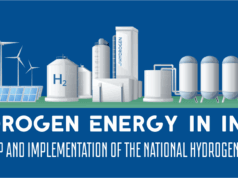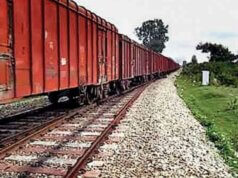On 26 October 2025, Union Minister for Ports, Shipping & Waterways, Shri Sarbananda Sonowal, chaired a meeting of the Consultative Committee on Inland Waterways Transport in Mumbai. The meeting highlighted plans to make 76 waterways operational by 2027, with an expected increase in cargo volume by 156 million tonnes annually by the end of FY 2026. The Inland Waterways Authority of India (IWAI) presented progress updates, future projections, and key initiatives. Members of Parliament expressed appreciation and advocated for enhanced funding to support sectoral expansion.
Inland water transport, currently active in 11 states (as of FY 2024), is expected to cover 23 states and 4 Union Territories by FY 2027. To fuel this expansion, ₹1,400 crore worth of projects were unveiled at the Inland Waterways Development Council meeting on January 10, 2025. IWAI also conducts 10,000 km of monthly surveys to improve navigability and depth management. These efforts aim to achieve the Maritime India Vision 2030 cargo target of 200 MTPA.
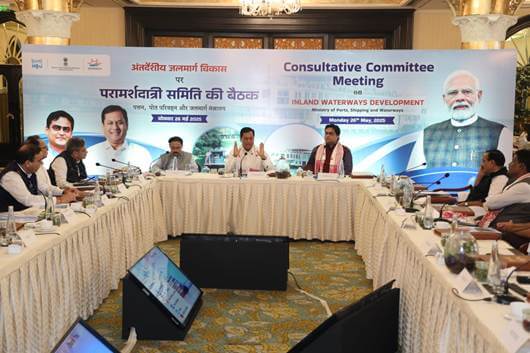
The minister emphasised the sector’s transformative role under Prime Minister Narendra Modi’s leadership, crediting landmark policies like the National Waterways Act, 2016, and the Inland Vessels Act, 2021, along with programs such as Jal Marg Vikas, Arth Ganga, Jalvahak, and Jal Samriddhi. He noted the collaborative spirit of the government and Parliament in driving infrastructure development and sustainable growth through waterways.
A key initiative, the Regional Waterways Grid, is being developed to enhance connectivity across a 4,067 km corridor from Varanasi to Dibrugarh via the IBP route. Additionally, a study is underway for revamping the Jangipur navigation lock, expected to handle 32.2 MMTPA by 2033.
On National Waterway-1 (Ganga), a 1,390 km corridor is under development, supporting 1,500–2,000 DWT vessels and enabling efficient transport through major terminals like Varanasi, Kalughat, Sahibganj, and Haldia. In the Northeast, a ₹5,000 crore development plan spans over five years, with infrastructure on NW-2 (Brahmaputra), NW-16 (Barak), and NW-31 (Dhansiri). Notable projects include new terminals, navigation enhancements, ship repair facilities, and supporting road infrastructure.
Promoting sustainability, IWAI is embracing Harit Nauka Guidelines by introducing electric and hydrogen-powered vessels, expanding urban water metros, and supporting green cruise tourism. These measures are intended to integrate the Northeast with mainland India and stimulate trade, tourism, and economic growth through inland waterways.
The committee also reviewed developments across several other states including Odisha, Jammu & Kashmir, Goa, Kerala, Maharashtra, Andhra Pradesh, Gujarat, Madhya Pradesh, Karnataka, and Tamil Nadu.
India’s river cruise tourism is flourishing, with 15 operational circuits across 13 National Waterways in nine states. The number of supporting waterways has grown from three in 2013-14 to 13 in 2024-25, alongside an increase in luxury cruise vessels from three to 25. Additionally, 51 new cruise circuits are planned across 47 NWs by 2027. Terminal projects are underway in Kolkata, with feasibility studies ongoing in Varanasi and Guwahati. Terminals at Silghat, Bishwanath Ghat, Neamati, and Guijan are slated for development by 2027.
Minister of State Shri Shantanu Thakur noted the government’s focus on developing world-class cruise infrastructure and partnerships with private entities to promote river cruise tourism on major rivers, thereby supporting sustainable regional economic development.
Cover photo: www.freepik.com





